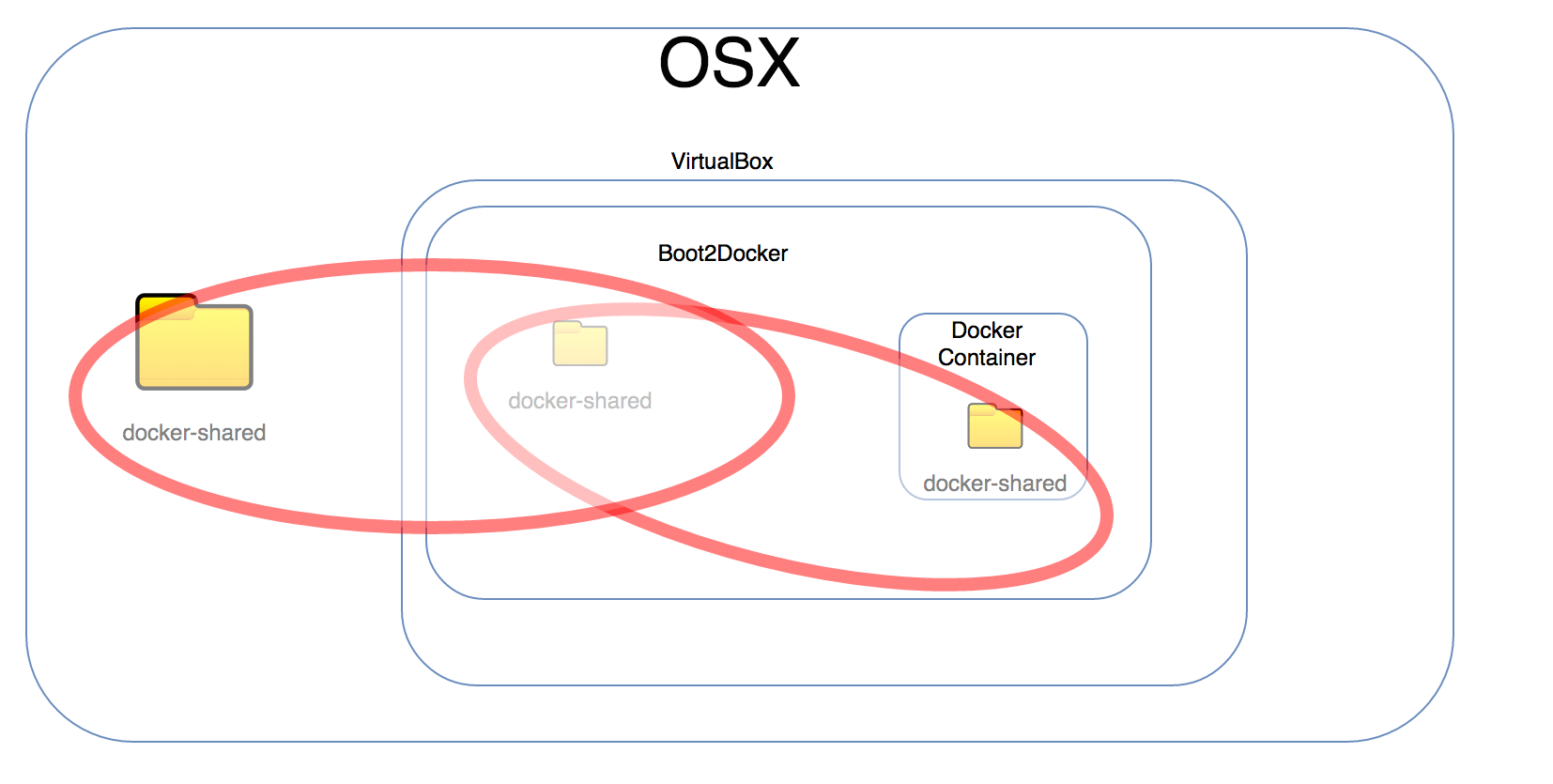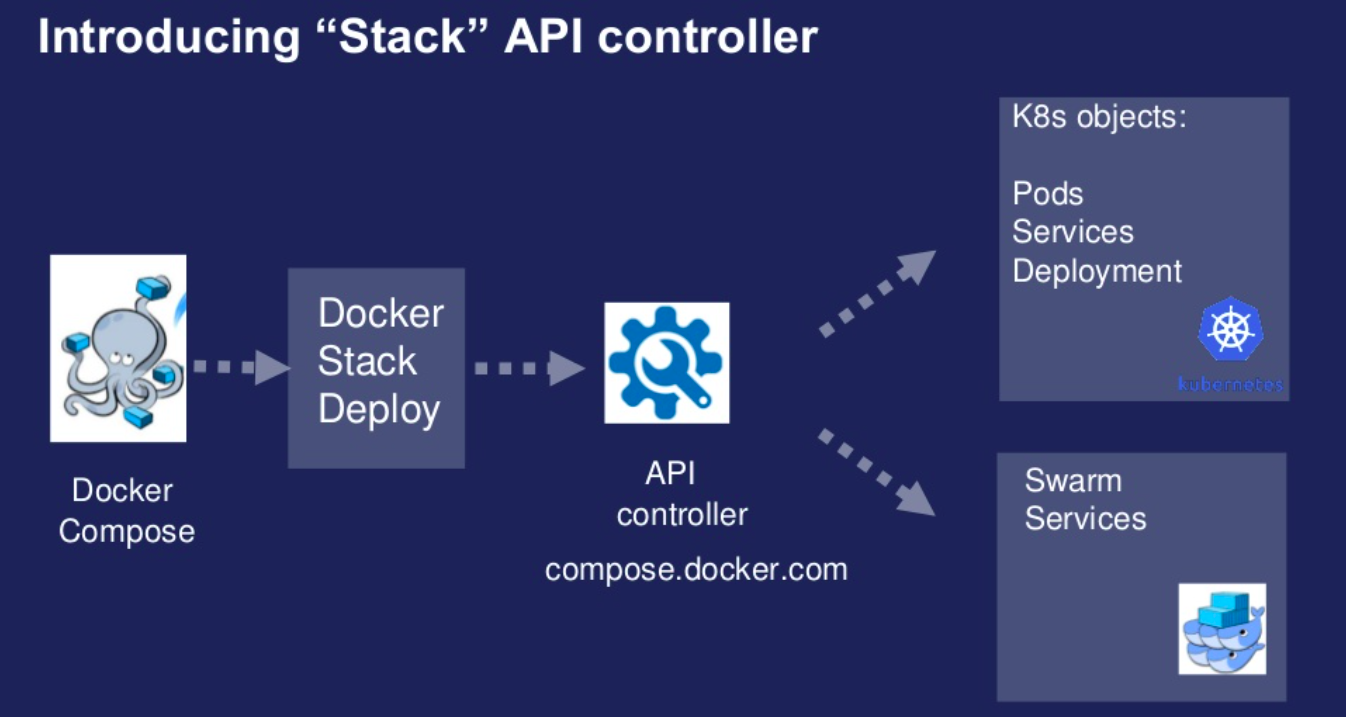

#DOCKER FOR MAC KUBERNETES NFS VOLUME UPDATE#
I simply followed Rancher’s single node Docker deployment instructions.įirst, I Installed Ubuntu 18.04 LTS on a VM with 2vCPU and 4gb RAM and got it up to date: sudo apt-get update & sudo apt-get upgrade And since Rancher runs in docker, it also made deployment super easy. I wanted to have Rancher exist outside any clusters I would make, so using a single Ubuntu VM made sense. Rancher includes a VMware CPI & CSI app in the catalog to make deploying new clusters with all the requirements for consuming VMware storage very simple. Then, within rancher I setup a Node Template for vSphere using my Ubuntu Template.

I deployed a single Ubuntu VM, and installed Rancher on it. Again, out of my depth, I found it hard to navigate getting the proper taints on my existing cluster, getting the VMware CPI installed, and getting the VMware CSI installed and setup within my cluster. Since I had just upgraded my VMware lab to vSphere 7, I decided to use the vSphere-CSI to provide persistent volumes to my cluster. Unfortunately, I kept running into issues and in the end, abandoned that approach. Next, I used the same Ubuntu cluster, added a second disk to each VM, and deployed Ceph for my cluster’s persistent storage. It worked fine, but my NFS storage (Synology) didn’t support the ability to snapshot my persistent volumes.

I started by deploying 4 Ubuntu VMs and then using NFS storage for persistent storage in the cluster I created. Since I already had a VMware homelab with plenty of space, using it made the most sense. Originally, I thought about using Raspberry Pi’s for my k8s lab, but realized that I didn’t want to be on ARM cpu. These 2 resources will keep me busy for the rest of this year, as well as many blogs on various Linux, docker, and kubernetes steps I’ve found along the way. Additionally, I was lucky enough to have Nigel Poulton send a copy of The Kubernetes Book ( Klingon Edition – seriously!) for finding the hidden Klingon in the “code” in the background of the book cover. I’m in the middle of Kubernetes Fundamentals (LFS285) from. However, the need for something more “robust” and “enterprise” quickly arose.īeing relatively new to Kubernetes (k8s), I first needed information. When I first started, I simply used minikube and docker on my desktop. I’ve been learning a lot on Kubernetes these last couple months, and wanted to get my homelab setup to a point to makes deploying clusters easy and reliable.


 0 kommentar(er)
0 kommentar(er)
